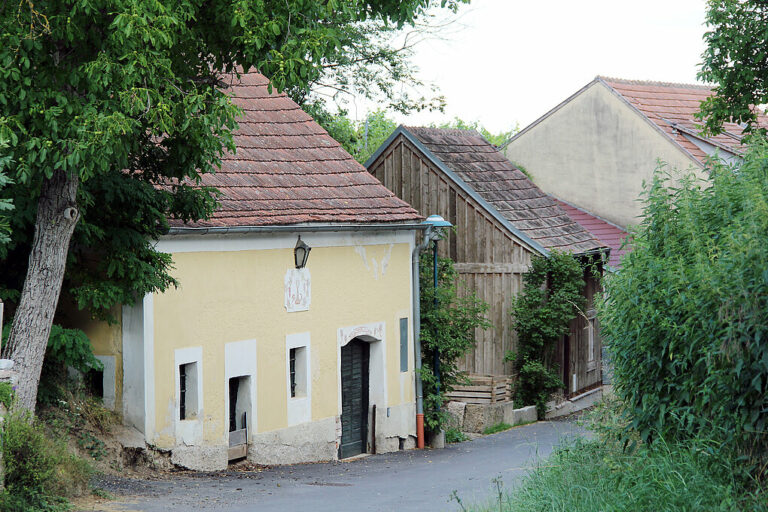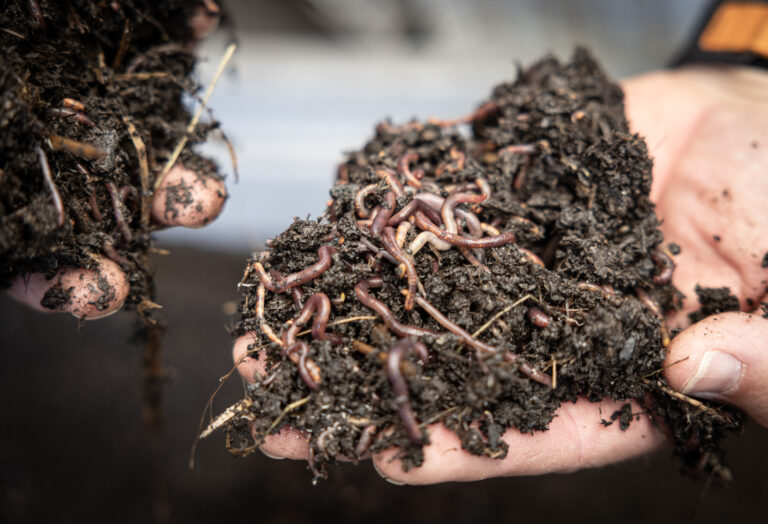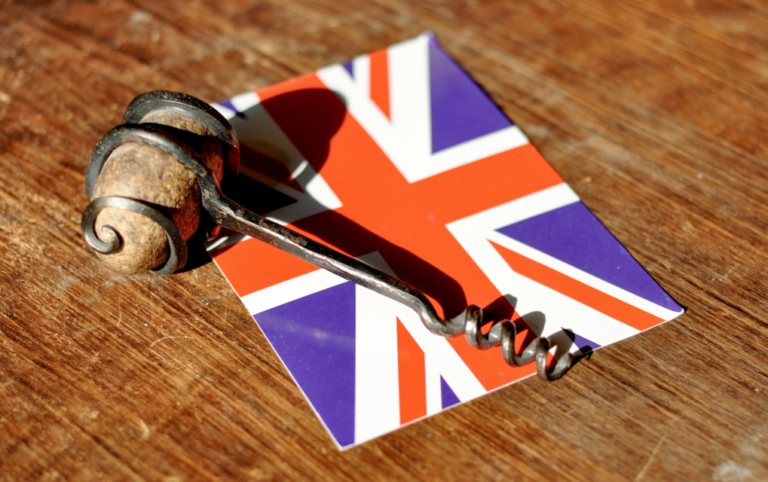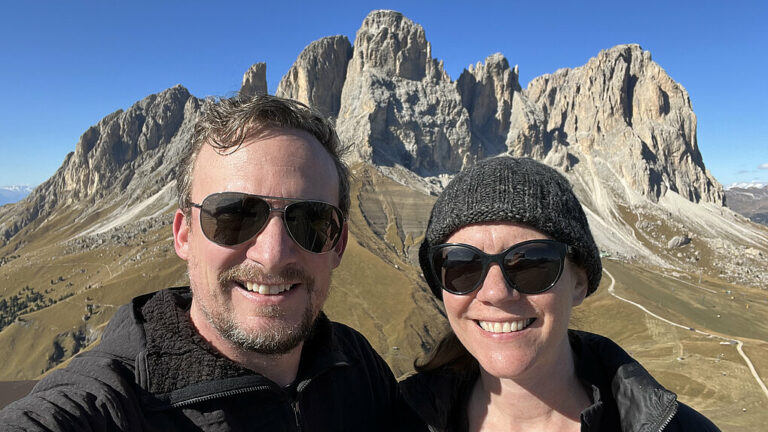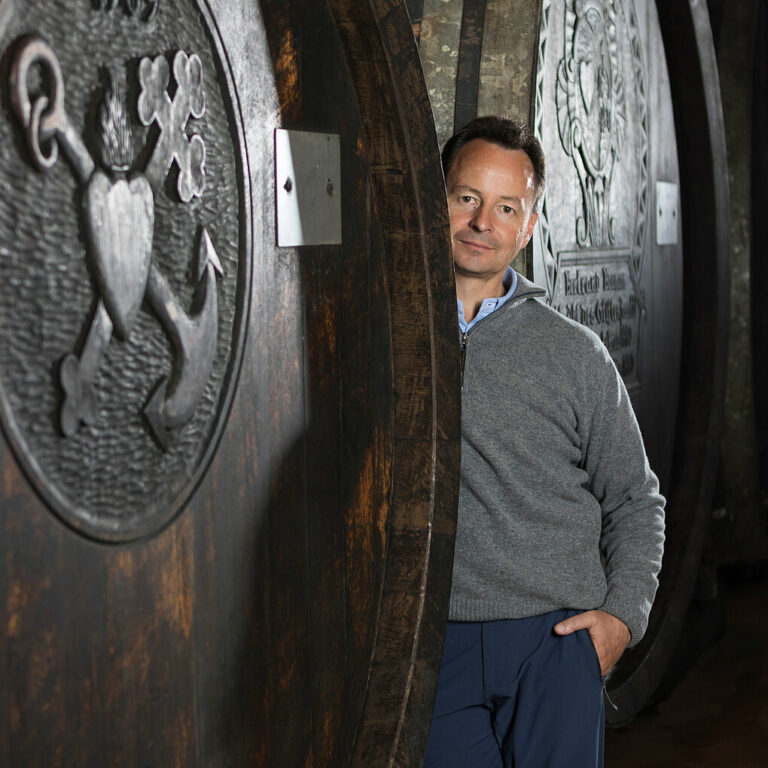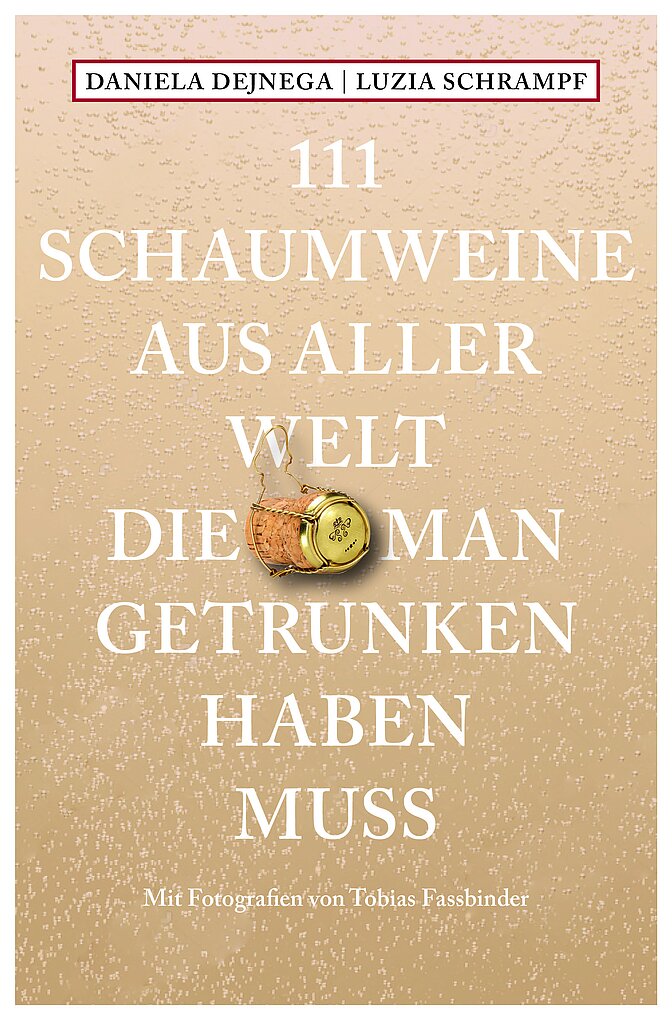The Art and Science of Martin and Andi Nittnaus
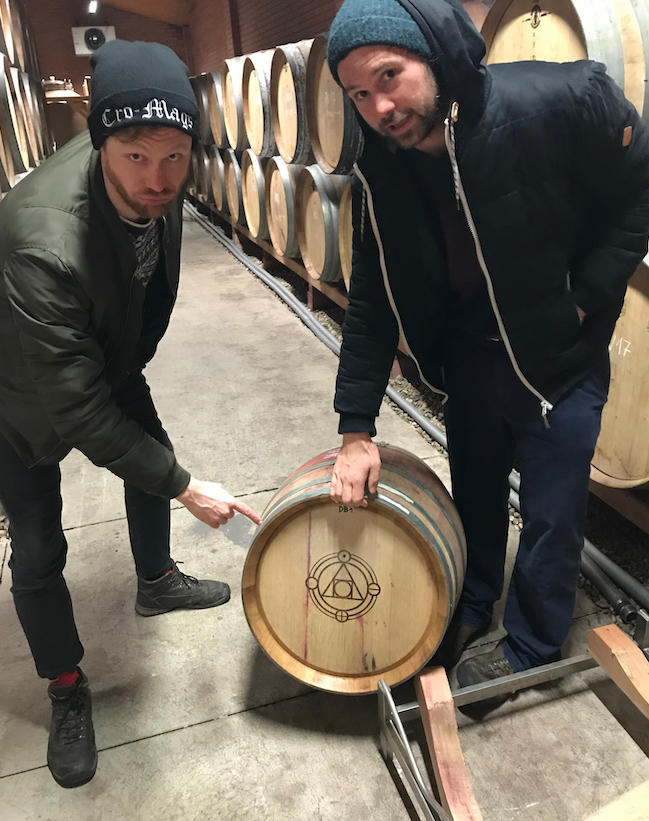
Shaping our wines is like sculpting: you start with a rock and you chisel out the sculpture,” Martin Nittnaus, 34, states confidently. The arts are never far away when you speak to the oldest son of winemakers Anita and Hans Nittnaus. Like his father, who dreamt of becoming a musician, Martin never planned on a life in wine. He went to university to study English literature and philosophy. But blood is thicker than water, and this year marked his sixth vintage working the plots his father gave to him and his brother, Andreas (Andi, 31). The Nittnaus estate is in Gols,…

